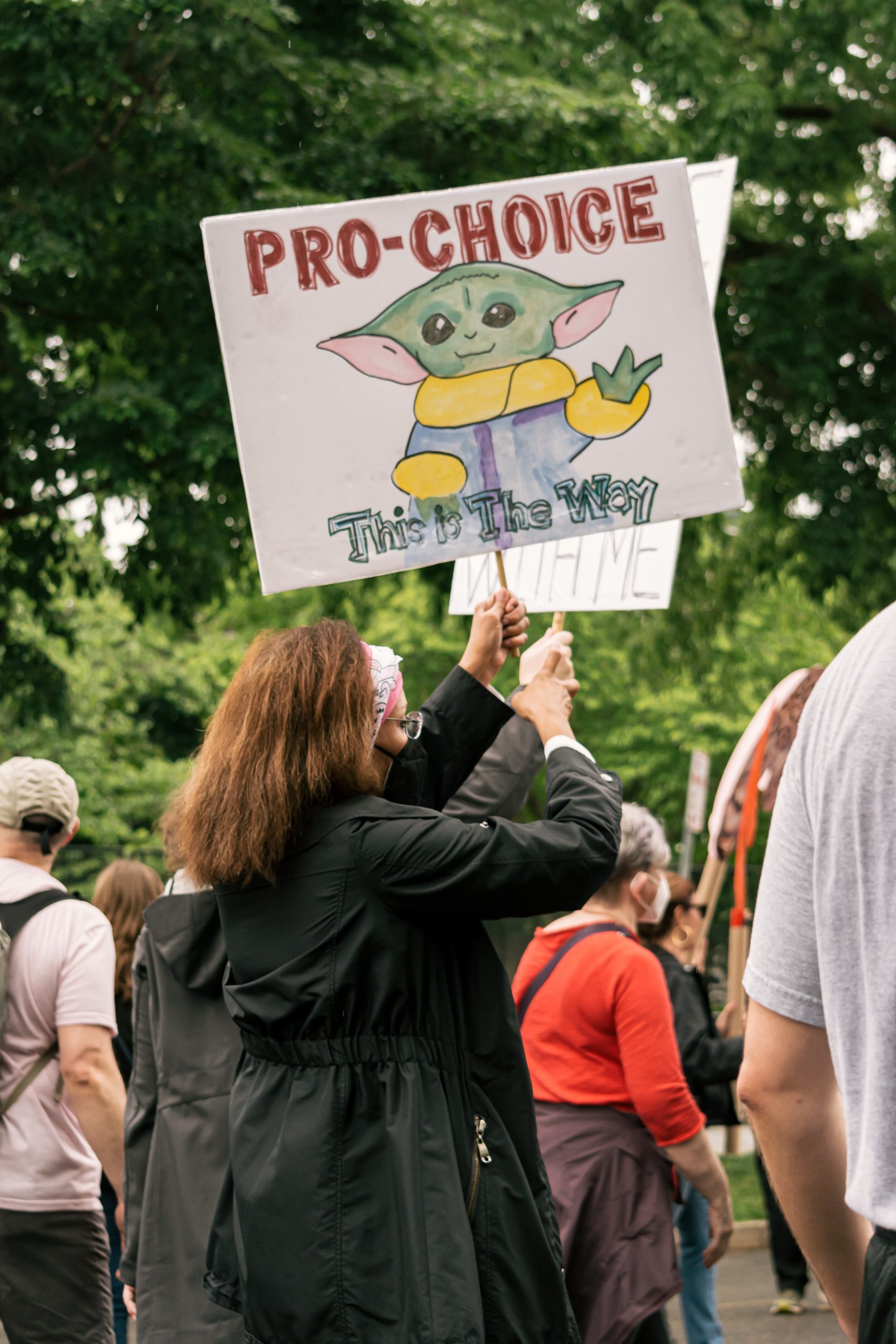Introduction:
In a stunning turn of events, the recent trial of an alleged rape case has shed light on the deep-rooted flaws within our judicial system. The case, which captivated the nation, not only exposed the vulnerability of survivors but also raised serious concerns about the mechanisms through which our society seeks justice. This article delves into the intricate details of the trial, highlighting the flaws that have resulted in a grave miscarriage of justice.
The Victim’s Story:
At the heart of this case lies the testimony of Jane Doe, a young woman who bravely stepped forward to seek justice after an alleged sexual assault. Despite presenting a compelling account of the incident, supported by physical evidence and witnesses, Jane found herself facing an uphill battle in court. Her struggle to be heard and validated exposed the first flaw in our judicial system: the persistent victim-blaming mentality that undermines survivors’ credibility.
The Evidentiary Challenge:
One would assume that the presence of substantial evidence would tip the scales of justice in favor of the victim. However, in this case, that was far from reality. The defense tactfully exploited loopholes in the law, casting doubt on the reliability of the evidence. The failure of the court to properly consider and contextualize the evidence serves as a glaring flaw in our judicial system, raising questions about the quality and consistency of legal analysis.
Legal Technicalities:
Throughout the trial, legal technicalities emerged as a formidable adversary to justice. Seemingly minor loopholes and procedural errors were leveraged to weaken the prosecution’s case, leaving room for reasonable doubt. It became evident that our system places a higher priority on adherence to formalities than on seeking the truth. This rigid approach not only hampers the pursuit of justice but also perpetuates the notion that justice is often an elusive concept.
Prejudice and Bias:
The role of prejudice and bias in this case cannot be overlooked. The defense capitalized on societal stereotypes and ingrained biases against survivors of sexual assault, perpetuating harmful narratives that shift blame from the perpetrator to the victim. This trial highlighted the urgent need for comprehensive sensitivity training and education within the legal system to ensure fair treatment for survivors and mitigate the impact of personal prejudices on courtroom proceedings.
Conclusion:
The flaws exposed by this harrowing rape case should serve as a wake-up call to our society. It is high time we critically examine our judicial system and strive for meaningful reform. Enhancing legal frameworks to address victim-blaming, minimizing technicalities that hinder justice, and fostering awareness about biases are crucial steps toward creating a fair and just legal environment.
This case highlights the urgent need for systemic change to ensure that survivors of sexual assault are given a fair chance to seek justice. The flaws we witnessed in this trial must be acknowledged and rectified to restore faith in our judicial system and ensure that victims are treated with the respect and dignity they deserve. Only by confronting these flaws head-on can we pave the way for a more just society that prioritizes the truth and supports survivors on their path to healing and justice.










